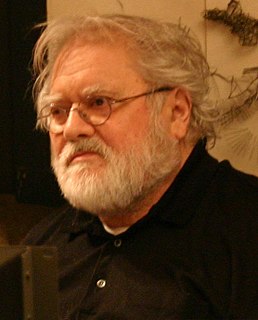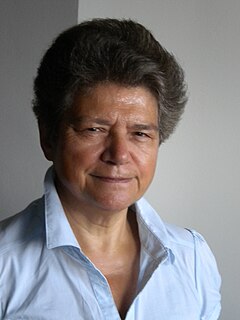First edition | |
| Author | Pierre Schaeffer |
|---|---|
| Original title | À la recherche d'une musique concrète |
| Country | France |
| Language | French |
| Subject | Musique concrète, acoustics, music theory, music technology |
| Genre | Treatise, journal |
| Published | 1952 Éditions du Seuil |
| Media type | Print (paperback) |
| Pages | 228 |
| ISBN | 978-2-02-002572-0 |
| OCLC | 1705595 |
| Website | pierreschaeffer.com |
In Search of a Concrete Music [1] (French: À la recherche d'une musique concrète), written and published in 1952, is a French language publication which forms a major part of the experimental composer and theoretician Pierre Schaeffer's collection of works written to record his own undertakings on the development of musique concrète.
This article presents lists of the literary events and publications in 1952.

French is a Romance language of the Indo-European family. It descended from the Vulgar Latin of the Roman Empire, as did all Romance languages. French evolved from Gallo-Romance, the spoken Latin in Gaul, and more specifically in Northern Gaul. Its closest relatives are the other langues d'oïl—languages historically spoken in northern France and in southern Belgium, which French (Francien) has largely supplanted. French was also influenced by native Celtic languages of Northern Roman Gaul like Gallia Belgica and by the (Germanic) Frankish language of the post-Roman Frankish invaders. Today, owing to France's past overseas expansion, there are numerous French-based creole languages, most notably Haitian Creole. A French-speaking person or nation may be referred to as Francophone in both English and French.
Experimental music is a general label for any music that pushes existing boundaries and genre definitions. Experimental compositional practice is defined broadly by exploratory sensibilites radically opposed to, and questioning of, institutionalized compositional, performing, and aesthetic conventions in music. Elements of experimental music include indeterminate music, in which the composer introduces the elements of chance or unpredictability with regard to either the composition or its performance. Artists may also approach a hybrid of disparate styles or incorporate unorthodox and unique elements.
Contents
The collection is discussed, among other works of Schaeffer's, in chapter two of Robert Martial's Pierre Schaeffer, des transmissions à Orphée. [2]
In this text, some have suggested, Schaeffer imagined a computerized music studio:
La cohérence de cette perspective nous mène […] aux machines de la cybernétique. Seules en effet, des machines de ce genre (probablement de plusieurs tonnes et coûtant des centaines de millions!), que des circuits oscillants dotent d’une certaine mémoire, permettront le jeu infini des combinaisons numériques complexes qui sont la clé de tous les phénomènes musicaux.
(The coherence of this perspective leads us to cybernetic machines. Indeed, only machines of this type (probably weighing several tons and costing hundreds of millions!), with oscillating circuits equipped with a certain memory, will permit endless play with complex numerical combinations, which are the key to all musical phenomena.)
— (Schaeffer 1952, p.119, quoted in Delalande's "D’une technologie à l’autre" -see below).








